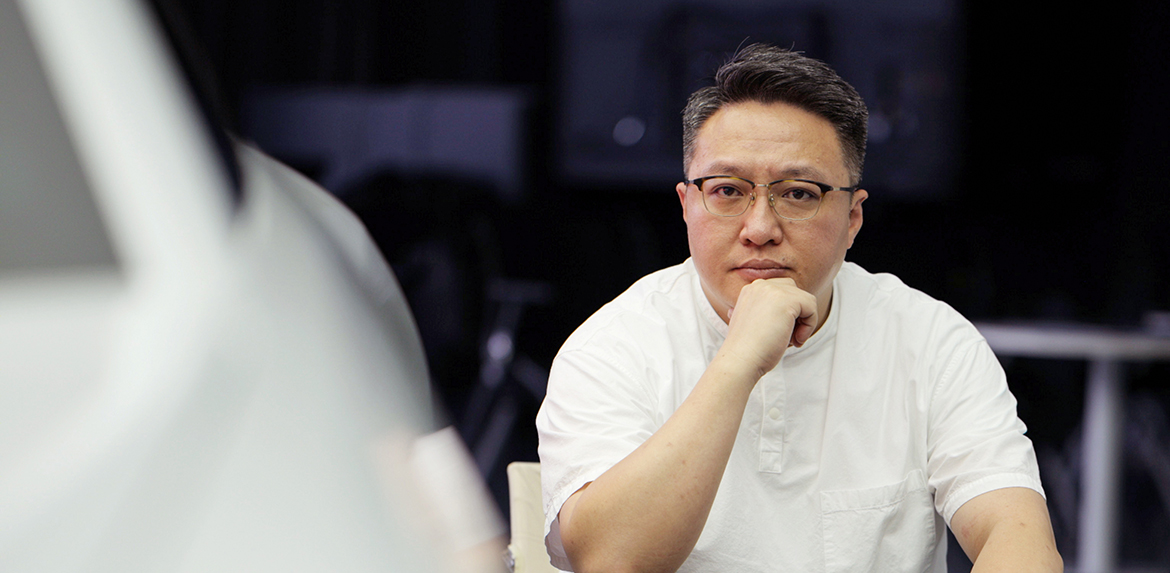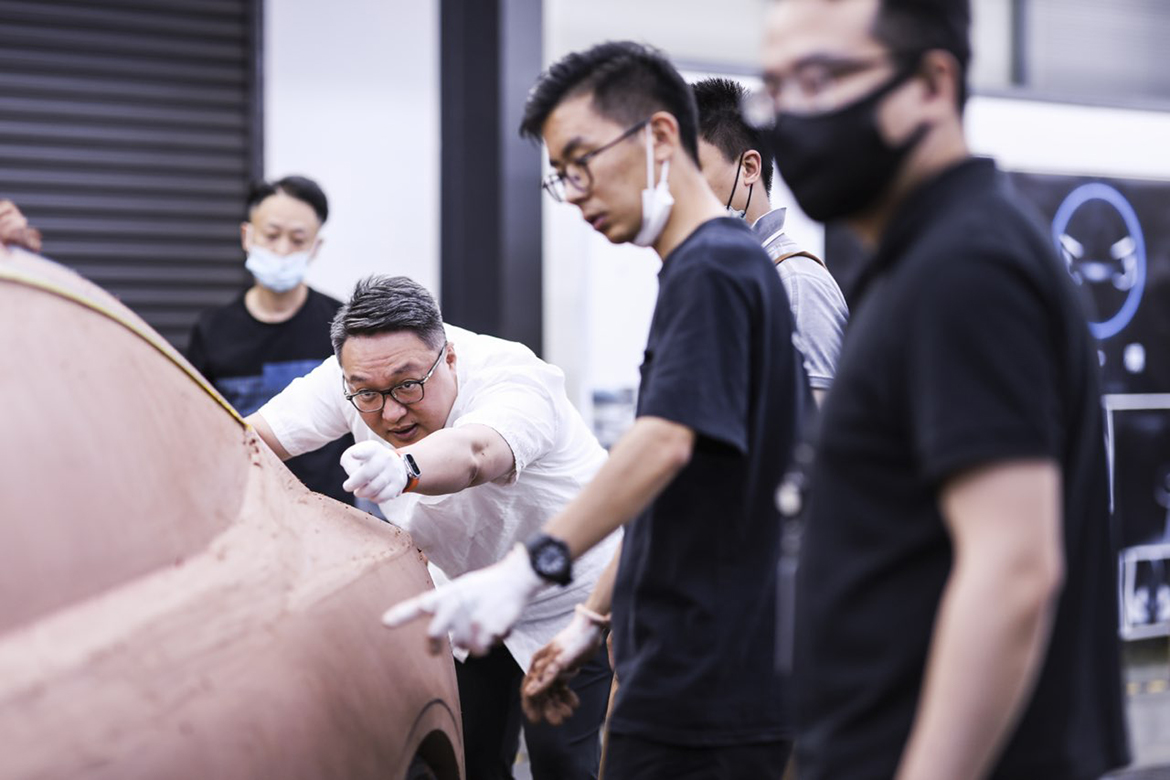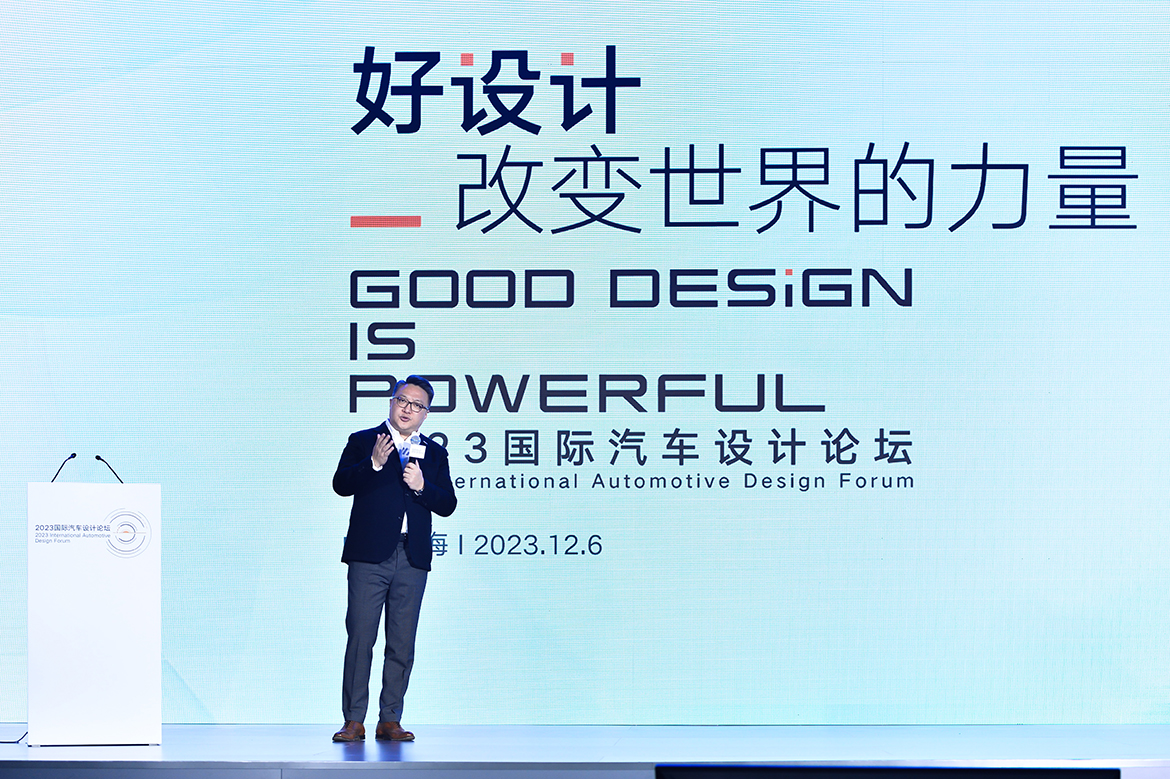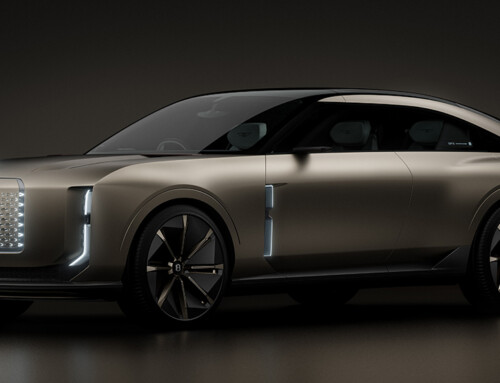How are the perception and way of doing car design changing in China? We asked Chen Zheng, Vice President Geely Auto Group. We interviewed him on the eve of the 2023 International Automotive Design Forum, which celebrated Geely Design’s 10th anniversary on December 6.
Chen Zheng welcomed us to his Shanghai office by offering us a cup of coffee, brewed with coffee beans roasted in Italy that he bought on his frequent trips to Milan, where Geely Design opened a new studio last year. It’s the first time he spoke to Auto & Design since he took over as head of design at Geely Auto Group, and he told us how a lot has changed in the past two years.
“Not only has my role changed, but also the way we see the design of car, the perspectives and the way we work. The city of Shanghai has also changed where everything evolves very quickly. In addition to the projects, we have been working on a transition period together with the entire company over the past two years. There is no doubt that we are moving from ICE cars to EVs and this brings new technologies and new forms to design. Our founder Mr. Li Shufu, chairman of Geely Holding Group, who asked us to upgrade the image of the brand, and with it the new design language develops. It’s a big challenge.”
How does this evolution of the brand express itself?
“We first need to look at how people in China evaluate a brand. In particular, young people in this country see the world differently than in Europe or the United States. There is a strong willingness to accept novelty. They are very attentive to the essence of the brand, which must reflect their values, while the aesthetics can even change every year. If customers like the essence of the brand, they will appreciate the new face, the innovative technologies, and the intelligent driving systems. I’m not quoting exact figures, but I do know that Europeans change their cars on average every four or five years, however in China, people use cars like mobiles, such consumer goods. Quite a few of them replace cars every two or three years. There is a desire to adopt new technologies, to follow new trends. There’s no point in standing still. For example, iPhone is no longer as popular as it is perceived as always the same, while new brands are emerging that offer an innovative experience to consumers.”
What does this constant search for novelty mean for design?
“It’s a huge challenge, because even after freezing the style, if we still feel we can make it improved, we will modify even during the engineering phase and keep multiple schemes paralleling until the last minute.
Is artificial intelligence an aid for your creative activity?
“Of course, it’s part of our design processes and has already changed the way it goes. We start with an ideation phase in which we try every possible combination, with quick sketches, creating up to 2,000 proposals. The important thing is no longer the ability to make beautiful drawings, now AI takes care of it, but instead knowing how to choose the right solutions and combine them while maintaining design coherence, and then move from the 2D to the 3D phase. But we always make a lot of physical models on a 1:1 scale. We remain on multiple schemes in parallel and I ask the team to keep pushing them forward until the last minute. As mentioned, everything changes quickly and the solution to an unpredictable future lies in having more proposals. This is possible in China because the supply chain is very strong. With their support, we can make changes even until the last moment.”
What are the sources of inspiration for your design?
“Above all, I ask my designers to draw in an honest way, pouring love and passion into what they do. The essence of our brand, as our founder always stresses, must be decent, kind and unaggressive. Second, there are the cultural roots: we conduct extensive research city by city, by studying target customers to understand modern Chinese beauty, how people have changed in recent decades, and much more. For example, major cities such as Shanghai, Chengdu and Guangzhou have very different types of customers. We will soon extend this practice to other markets as well. We have created a highly valuable database to analyze Chinese aesthetic standards. There are designs that in China can be perceived as something ugly: it happens in all cultures, but here more than anywhere else because the characters of our language are in fact images, behind every sign there is a meaning. The logic of the Chinese is different, and they are very sensitive to graphics. Design must always be in tune with cultural aspects.”
In 2023 you opened the new studio in Milan, how do you collaborate on the two continents and how is the Geely Design team composed?
“We have over 500 design talents from various nationalities on our team. I travel to Milan every month, and in turn, some designers come to Shanghai. Here, designers from across the globe collaborate together. We realize that these are two different worlds. The speed of Shanghai corresponds to a greater calm than Italy. This is a very interesting mix. We expect to double the team scale of Italy Center in 2024 and soon Geely Design will have a new headquarter building in Shanghai, it will be even bigger and more functional.”
This year marks Geely Design’s tenth anniversary, but it’s regrettable that Peter Horbury passed away.
“Peter Horbury was a great person and a great designer. He was a courageous pioneer who founded Geely Design at a time when Chinese car design was not so strong. Some new manufacturers were buying projects and commissioning them from external suppliers. I am very sorry for the loss, and I have a lot of admiration for what he has done. Without him, there would be no Geely Design.”














